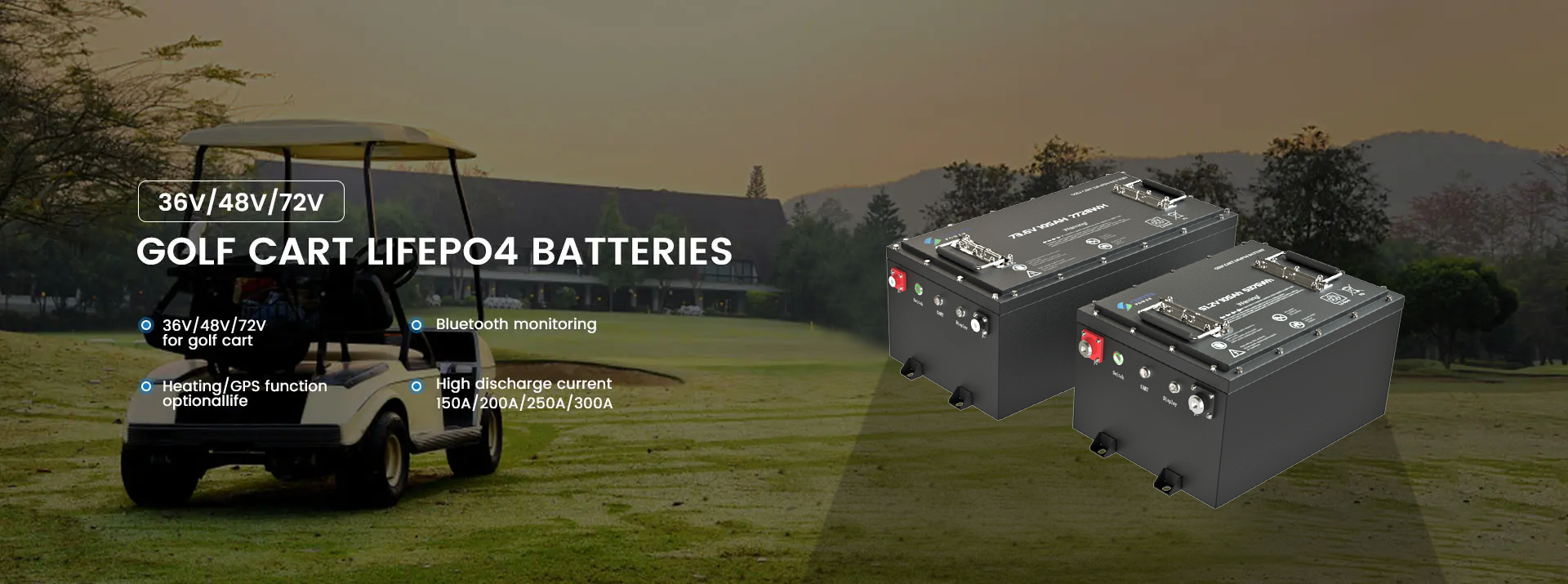
Connecting two RV batteries can be done in either series or parallel, depending on your desired outcome. Here's a guide for both methods:
1. Connecting in Series
- Purpose: Increase voltage while keeping the same capacity (amp-hours). For example, connecting two 12V batteries in series will give you 24V with the same amp-hour rating as a single battery.
Steps:
- Check Compatibility: Ensure both batteries have the same voltage and capacity (e.g., two 12V 100Ah batteries).
- Disconnect Power: Turn off all power to avoid sparks or short circuits.
- Connect Batteries:Secure the Connection: Use proper cables and connectors, ensuring they are tight and secure.
- Connect the positive terminal (+) of the first battery to the negative terminal (-) of the second battery.
- The remaining positive terminal and negative terminal will serve as the output terminals to connect to your RV system.
- Check Polarity: Confirm that polarity is correct before connecting to your RV.
2. Connecting in Parallel
- Purpose: Increase capacity (amp-hours) while keeping the same voltage. For example, connecting two 12V batteries in parallel will keep the system at 12V but double the amp-hour rating (e.g., 100Ah + 100Ah = 200Ah).
Steps:
- Check Compatibility: Ensure both batteries have the same voltage and are of a similar type (e.g., AGM, LiFePO4).
- Disconnect Power: Turn off all power to avoid accidental short circuits.
- Connect Batteries:Output Connections: Use the positive terminal of one battery and the negative terminal of the other to connect to your RV system.
- Connect the positive terminal (+) of the first battery to the positive terminal (+) of the second battery.
- Connect the negative terminal (-) of the first battery to the negative terminal (-) of the second battery.
- Secure the Connection: Use heavy-duty cables rated for the current your RV will draw.
Important Tips
- Use Proper Cable Size: Ensure cables are rated for the current and voltage of your setup to prevent overheating.
- Balance Batteries: Ideally, use batteries of the same brand, age, and condition to prevent uneven wear or poor performance.
- Fuse Protection: Add a fuse or circuit breaker to protect the system from overcurrent.
- Battery Maintenance: Regularly check the connections and battery health to ensure optimal performance.
Would you like assistance with selecting the right cables, connectors, or fuses?

Post time: Jan-16-2025





